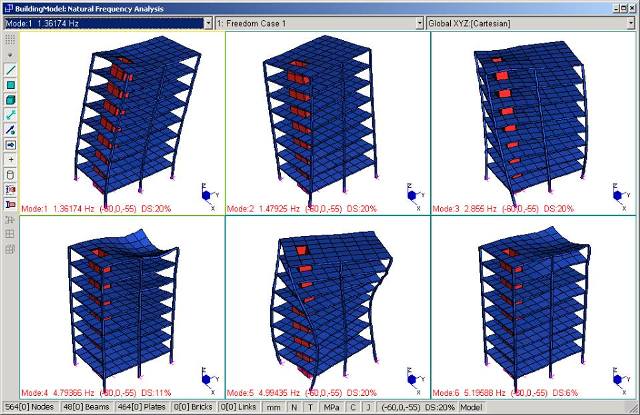An Italian architect based in the Philippines is advising local architects and builders to apply earthquake-proof principles when building structures in the country.
Romolo Nati, executive chairman and CEO of ITALPINAS Euroasian Design and Eco-Development Corporation (ITPI), believes that now is the time to consider fully incorporating earthquake-proof principles in building designs following the deadly magnitude 7.2 earthquake in Central Visayas.
Nati said building hollow tube or tube-shaped structures is one way to prevent structural damage during tremors.
“The shape of the building must be done in such a way that it optimizes the building’s capability to adapt to seismic activity. The tube structure is the best shape to withstand forces and ground motion brought about by earthquakes,” he said.
He said bamboo can be used because of its tubular structure that combines strength and lightness.
He also noted that buildings need to be flexible to withstand earthquakes.
Read story here.
Featured on ABS-CBNnews.com, 28 October 2013


